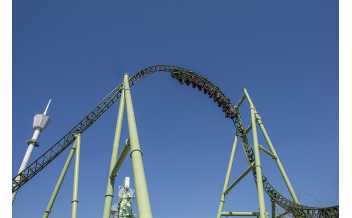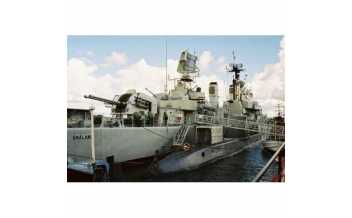Explore More
Activities
-
-
-
-
-
-
-
Neptune's Fields, Öland
Right on the northern tip of Öland is one of Sweden’s is this long cobble...
-
Riddarholmen Church, Stockholm
One of the oldest buildings in Stockholm, this medieval abbey serves as the...
-
Skansen Kronan AB, Gothenburg
No European city is complete without a proud fortress on the lookout for...
-
-
Slottsskogen, Gothenburg
Gothenburg's most popular park, covering 137 hectares and full of things to do.
-
Stockholm Ghost Walk AB, Stockholm
The streets of Stockholm have not always been the peaceful northern European...
-
The Swedish Centre for Architecture and...
Visit the Swedish Centre for Architecture and Design in Stockholm to know...
-
-
Vasa Museum, Stockholm
For a country with such a formidable naval history it is ironic that Sweden’s...
-
Volvo Museum, Gothenburg
The Volvo Museum covers the history and development of Sweden's leading car...
Showing 1 - 16 of 52 items























